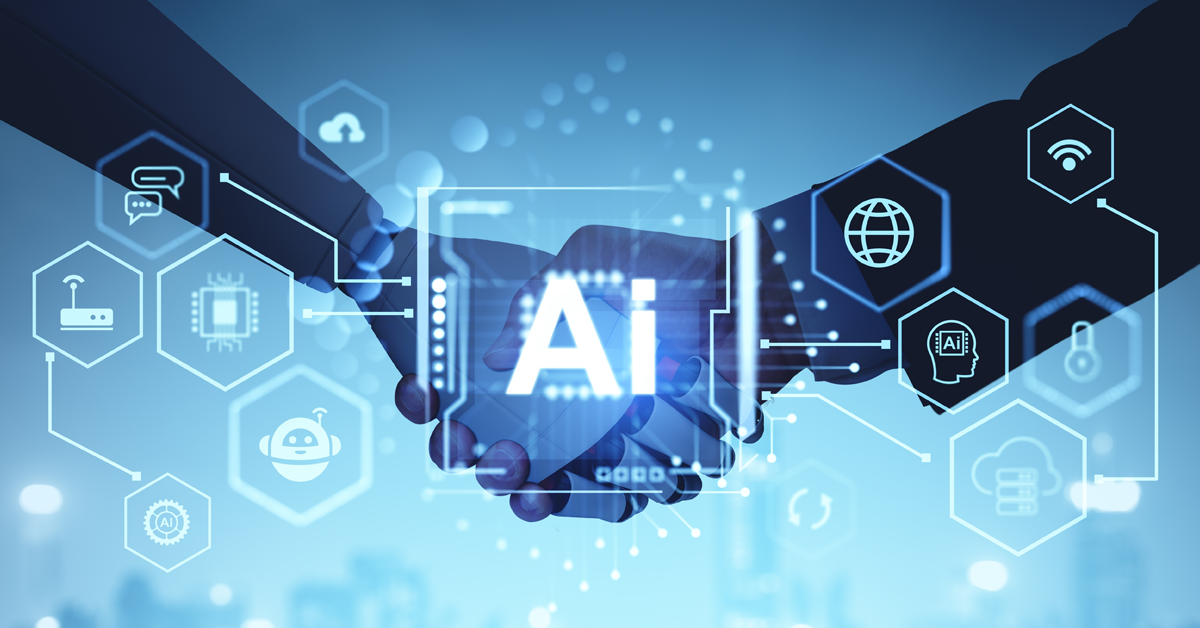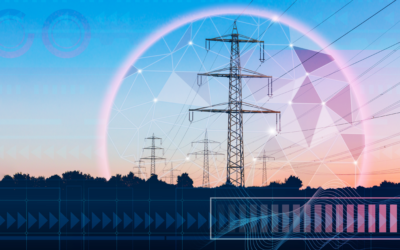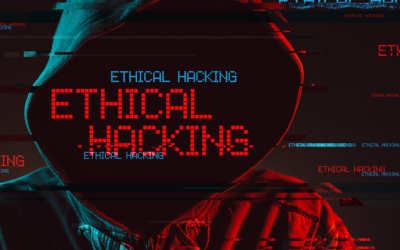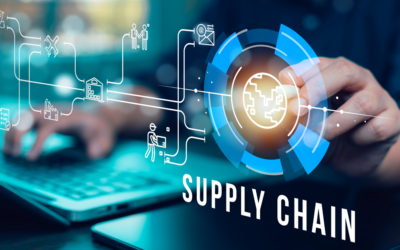We are in a cyber-flux state. Many manufacturing businesses are switching from old systems to Cloud, Hybrid Cloud, and Edge Platforms to group data together and keep it safe. New technologies are also changing how things work, so new operational cybersecurity lessons will need to be learned.
Emerging Tech Needs to be Part of Manufacturing Planning
At the annual meeting of the World Economic Forum in Davos, it was reported that digital transformation could be worth more than $100 trillion to society and business by 2025. Digital technologies and cloud-based systems are becoming an integral part of this transformation. It also includes analytics, sensors, mobility, and a new era of automation that will impact all fields and businesses, such as manufacturing, health, finance, energy, and communications.
Modern innovative technologies present new security challenges for the manufacturing industry. businesses. Innovation in emerging technologies is happening so quickly and exponentially fast that companies cannot afford to remain static in their security postures. To surviveand thrive prosper in the global manufacturing ecosystems, it is essential to comprehend how new applications of technologies affect security and preparation.
Read More: Why Weak Links in Supply Chains Put Manufacturers at Risk
The truth is that new technologies are propelling a digital transformation that will have many effects on cybersecurity planning, especially artificial intelligence, 5G, and Quantum computing. The Zero Trust and Security by Design models should factor in such potentially disruptive technologies to risk management strategies.
How to Utilize New Industrial Technologies
Artificial intelligence (AI) is already creating a new manufacturing operations and security paradigm. It can help make decisions more effectively by prioritizing and acting upon data, particularly in larger networks with numerous users and factors. Speech recognition, learning planning, and problem-solving are some of the fundamental tasks for which computers with AI are being built.
Machine learning (ML) and artificial intelligence (AI) and also greatly affect safety. Cyber threats can be found and identified more quickly with AI. Companies that work on cybersecurity have created software and platforms powered by AI that watch what’s happening on a network in real-time. These platforms and software scan data and files to find attempts at unauthorized communication, connections, abnormal or malicious credential use, brute force login attempts, strange data movement, and data exfiltration. This lets companies use statistics to draw conclusions and watch for problems before they are reported and fixed.
Quantum computing is on the horizon. Utilizing the unique characteristics of atoms and subatomic particles is how quantum computing operates. Scientists are working on creating quantum computers, allowing for completely new forms of cryptography, analytics, and calculation at incredibly fast speeds. The risk for manufacturing in cybersecurity would be if an adversary could decrypt almost everything and anything with quantum technologies. Patents, trade secrets, and sensitive data could be compromised.
Read More: Keep Your Manufacturing Operations Safe with This Cybersecurity Checklist
With 5G, Faster networks with greater capabilities and reduced latency or lag times will be possible for businesses. 5G will have enormous advantages, including higher traffic capacity and enhanced dependability. This will certainly impact operational and communication capabilities within the manufacturing sectors. Unfortunately, hackers will be able to use the speed and connectivity to their advantage, too, enabling the rapid proliferation and targeting of malware.
In the scheme of cybersecurity, success is all about fortifying vulnerabilities and closing gaps that criminal hackers might exploit. It also means being resilient if you do get breached. There are many challenges to functioning securely in an exponentially changing digital world.
The manufacturing industry requires awareness and structuring of risk management plans that can prevent cyber calamities. In the past, much of the industry’s cybersecurity focus and activities have been predominantly reactive and viewed as an operating revenue cost. Being proactive is not just procuring technologies and implementing policies; it also means adopting a new security mindset. Knowledge is a first step, and hopefully, cybersecurity in manufacturing will be taken much more seriously, and the threats will continue to grow.




